What are they?
On the surface; two rather different cars. Underneath; two quite similar cars.
How is that? Well, the Barina and Trax share a platform and, broadly, similar roles in Holden’s line up.
The Barina is Holden’s entry into the steadily decreasing, but still relevant small car segment, while the Trax is the company’s representative in the steadily growing small SUV segment. Essential, as with all small SUVs, the Trax is basically taking over the Barina’s role as a compact, practical around-town runabout.
Both have had a makeover for the 2017 model year with new faces, new interiors and extra equipment added in for good measure.
How much do they cost?
Holden New Zealand are very proud of the fact that they have managed to keep the prices the same across both ranges, despite adding more equipment.
The Barina starts at $23,990 for the LS and tops out at $25,990 for the LT, while the Trax range starts at $32,990 for the LS and features a new entrant in the range in the form of the$35,490 LT.
At the head of the Trax range sits the LTZ at $36,990. All models of Barina and Trax are equipped with automatic transmissions.
The Barina is on sale now, while the Trax goes on sale in February 2017.
What are their opposition?
For the Barina, the likes of the Ford Fiesta, Toyota Yaris, Honda Jazz, Suzuki Swift, Mazda2, and Volkswagen Polo would be its main rivals, along with the rest of that segment which features vehicles from pretty much every mainstream manufacturer.
The Trax is in an equally crowded segment, with its main rivals likely to be the Mazda CX-3, Suzuki Vitara, Mitsubishi ASX, Renault Captur and Nissan Juke.
While the Ford EcoSport is in the same segment, it is certainly no competition, although a new version is due soon that may well up the challenge, and the Toyota C-HR will certainly make its mark in the segment when it appears next year.
What powers them?
With the tragic discontinuation of the RS (the Aussies didn’t want it…) the sole engine in the Barina is a the 1.6-litre that produces an unchanged 85kW of power and 155Nm of torque. This is hooked up to a six-speed automatic transmission.
There is better engine-related news over in the Trax camp, with Holden dropping the wheezy old 103kW/175Nm 1.8-litre naturally aspirated four-cylinder engine in favour of the far superior 103kW/200Nm 1.4-litre turbo across the range.
Previously, to get the good engine you had to buy the top-spec LTZ, but now it is standard across the range, along with the six-speed auto.
What have they got?
Along with a new face, interior design, bonnet, headlights, taillights and rear bumper, the Barina LS comes standard with 16-inch alloy wheels, Bluetooth phone connectivity and audio streaming, cruise control and automatic headlights, with the MY17 update adding rear park assist, a rear view camera,
LED daytime running lights and a 7-inch touchscreen MyLink infotainment system that includes Apple CarPlay and Android Auto.
The LT adds 17-inch alloy wheels, artificial leather trim, heated seats, keyless entry and start, fog lamps, a leather steering wheel, and gear shifter and a trip computer.
The Trax also gets a new face, interior, headlights, LED DRLs, rear fascia and taillights, with the LS kicking off the small SUV range with 16-inch alloy wheels, cloth interior trim, cruise control, rear park assist, a rear view camera, the MyLink infotainment system with Apple CarPlay and Android Auto and a leather steering wheel as standard.
The new mid-level LT adds 18-inch alloy wheels, a cloth/PVC interior, a sunroof, front fog lamps, chrome exterior trim, front seat armrests, DAB digital radio and keyless entry and start.
The LTZ tops the range with artificial leather heated seats, rain sensing wipers, turn signals in the door mirrors, blind spot alert, rear cross traffic alert and LED taillights.
What’s good about them?
The new Barina’s new face is nicely handsome and mature looking, bringing a larger car presence to the small car.
The interior changes are nice, if not exactly extensive, while the new dash gesture and colour has nicely done away with the reflection in the windscreen that annoyed in the last model.
The same can be said of the Trax, but with more effort in the interior producing far nicer results, particularly over the last model.
The fact that the awful 1.8-litre engine is gone is probably the best news though.
On the road, both feel broadly similar to their previous incarnations, which were always tight, competent and comfortable, and remain so.
What’s not so good?
The deletion of the fun little Barina RS for a start…
While the fronts look good, the Barina’s taillights are a bit heavy-handed, while the Trax still looks frumpy and awkward.
The Barina’s 1.6-litre engine does struggle a bit going up hills or passing and, aside form a bit of extra room, it is hard to see what the Barina gives you over the excellent and cheaper Spark…
First impressions?
Both MY17 updates add better looks, extra equipment and upgrades in quality across the Barina and Trax range, although the Trax does get a far better interior upgrade than the Barina.
While the new looks are good, the biggest news is the addition of the 1.4-litre turbo engine to the entry LS Trax. It is a slight shame that the Barina didn’t get similarly exciting engine-related news.
Both remain pleasant enough to drive, with the additional equipment being a welcome arrival, particularly with prices remaining unchanged over 2016 models.
The addition of Android Auto and Apple CarPlay brings a similarly impressive boost in extras, with navigation through the phone being the biggest bonus here.
While Holden hasn’t done anything to the Trax and Barina in performance, handling or engineering terms, the generous additional equipment and unchanged pricing undoubtedly move both up in their respective segments, competitive as they are.
Anything else?
Here’s a link to Holden’s website.

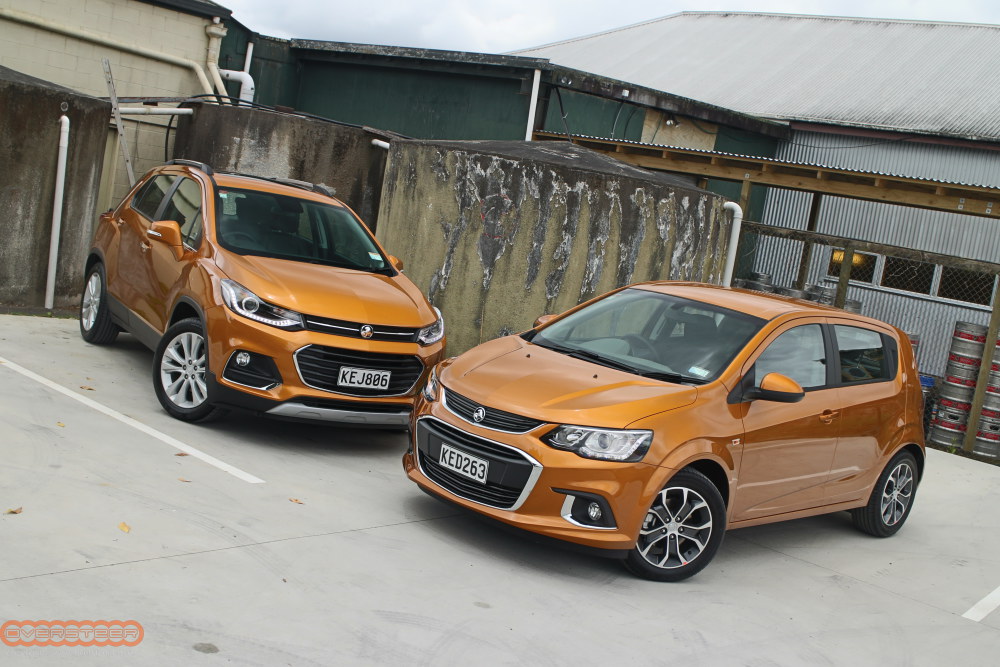
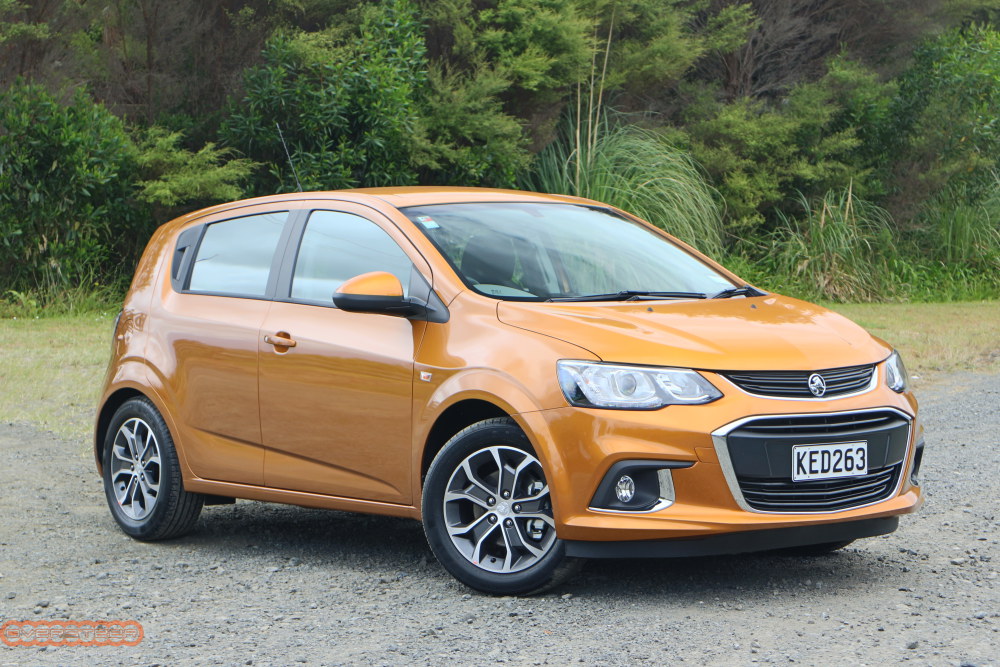
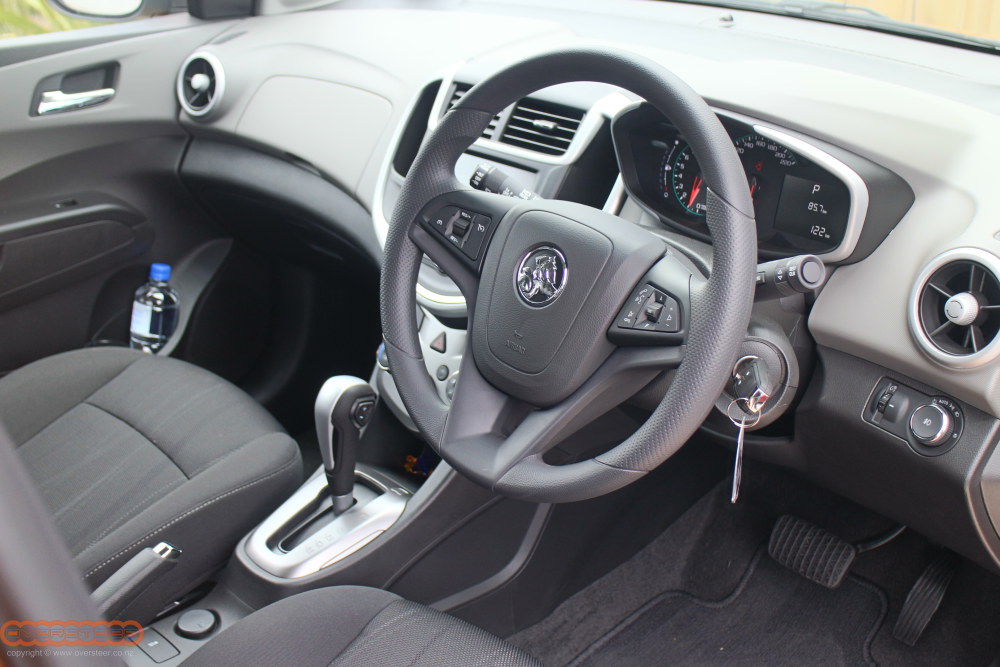
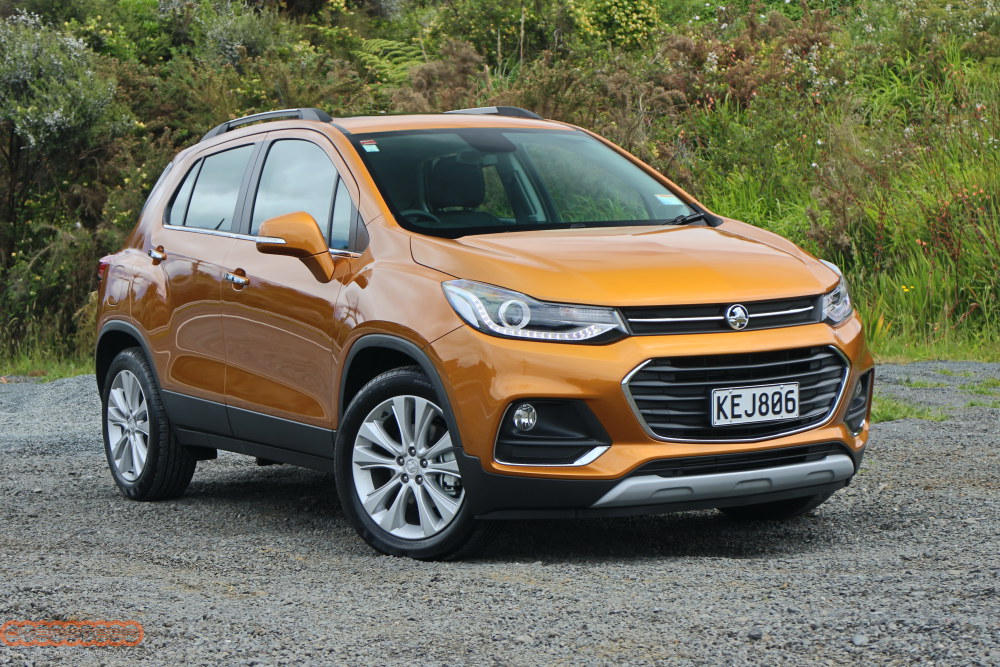

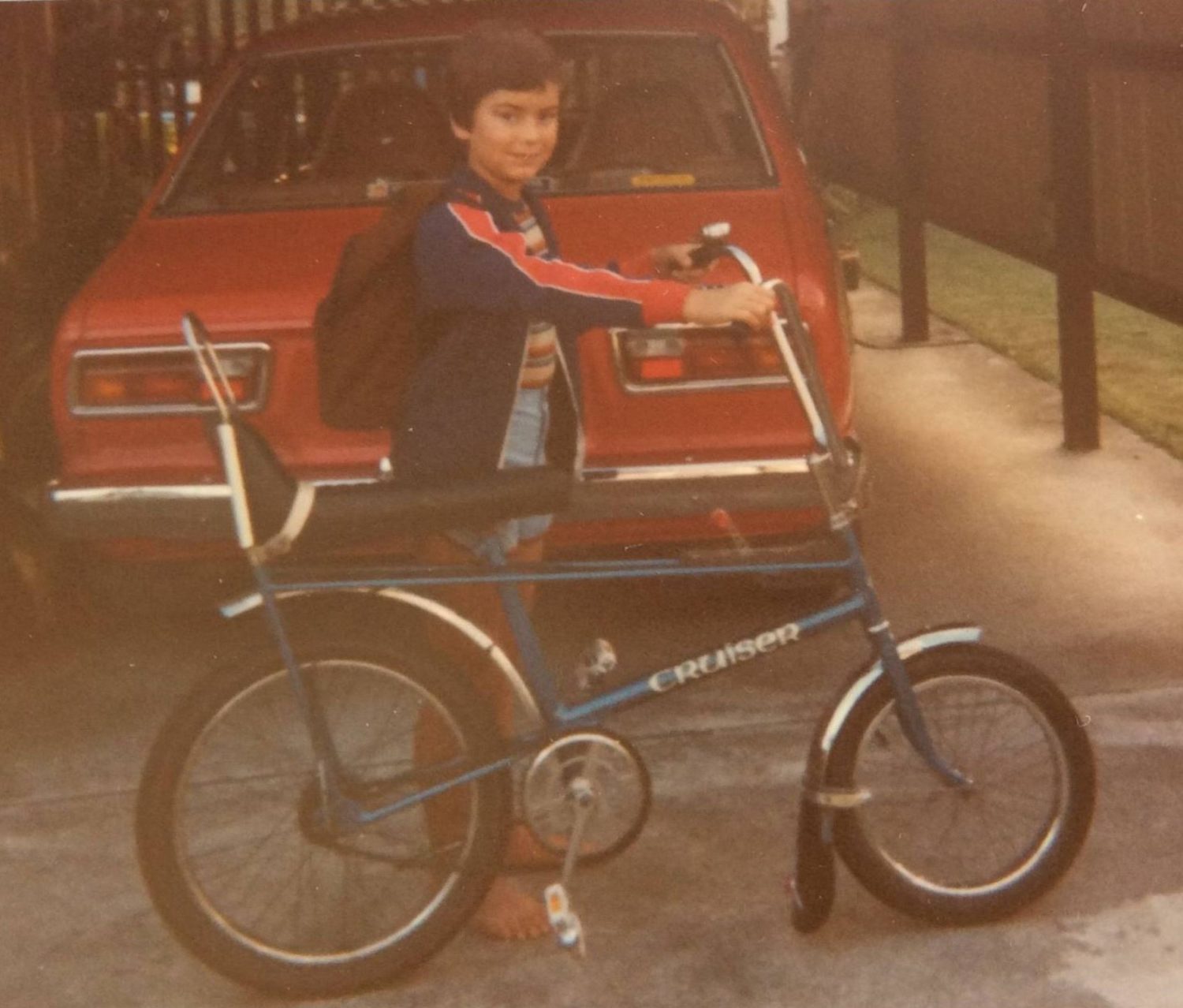
You must be logged in to post a comment.